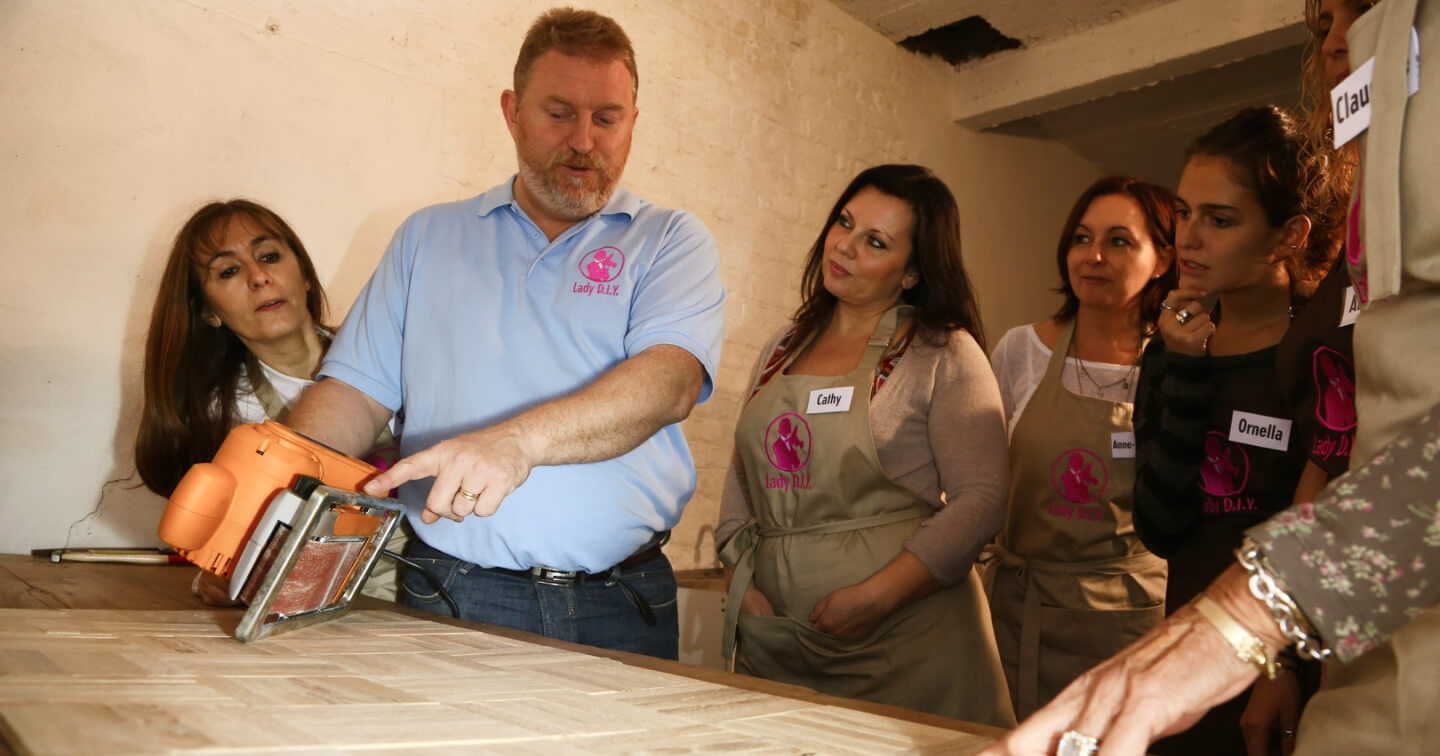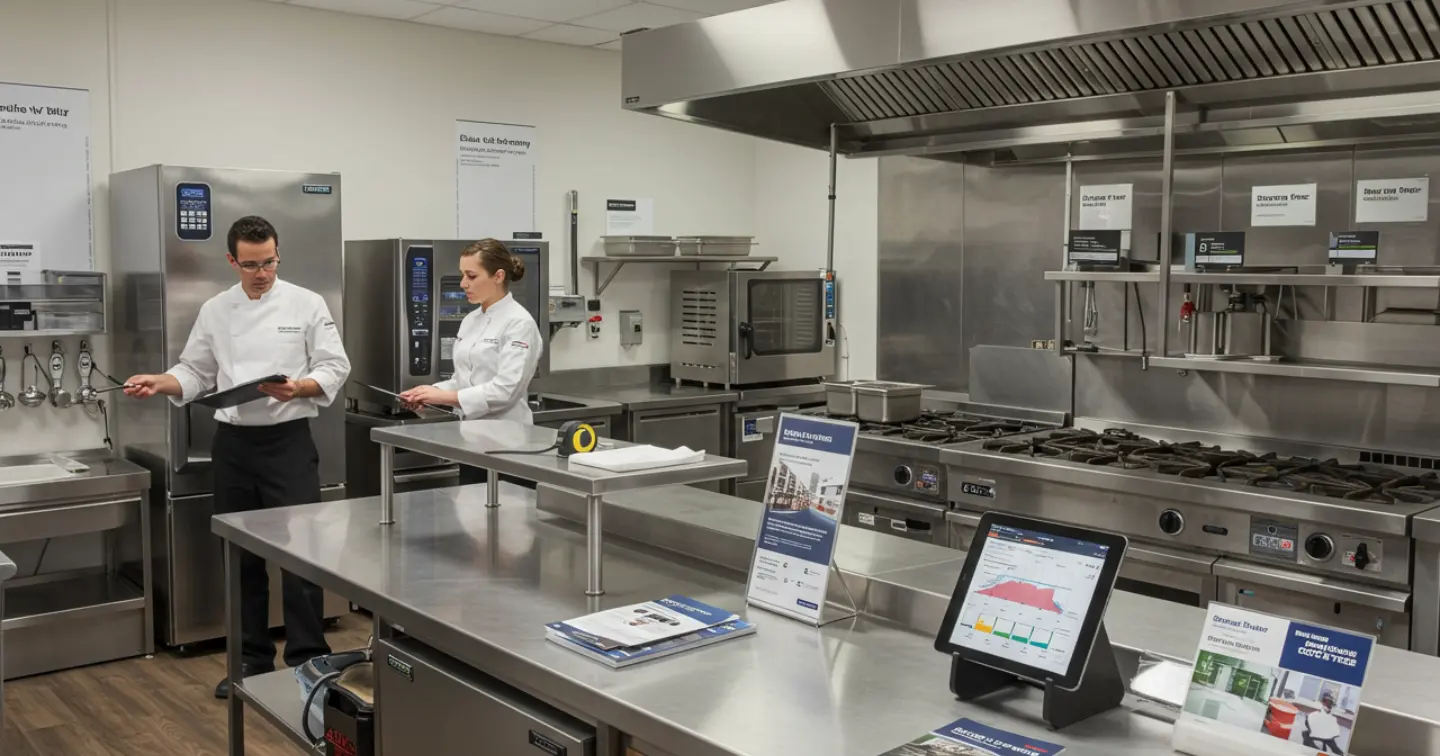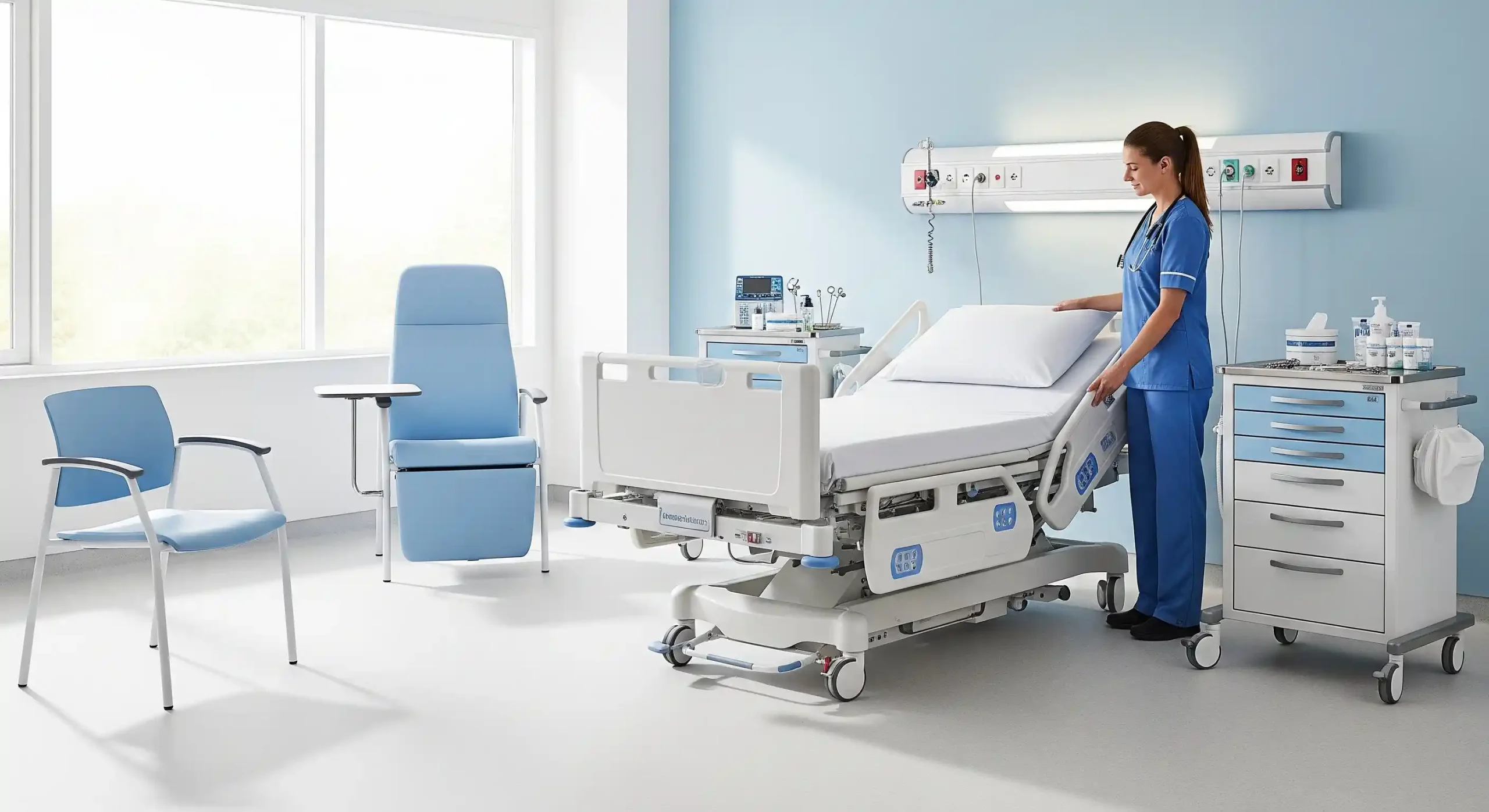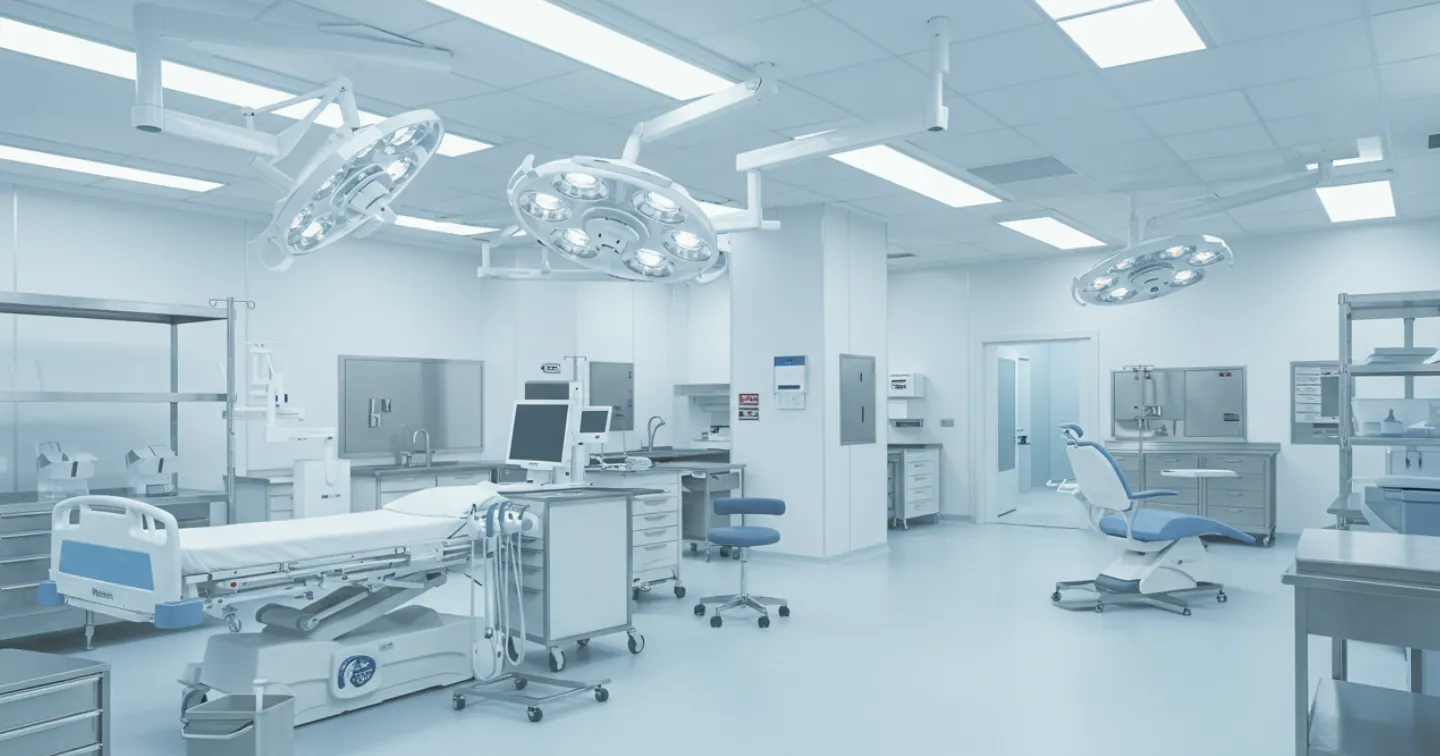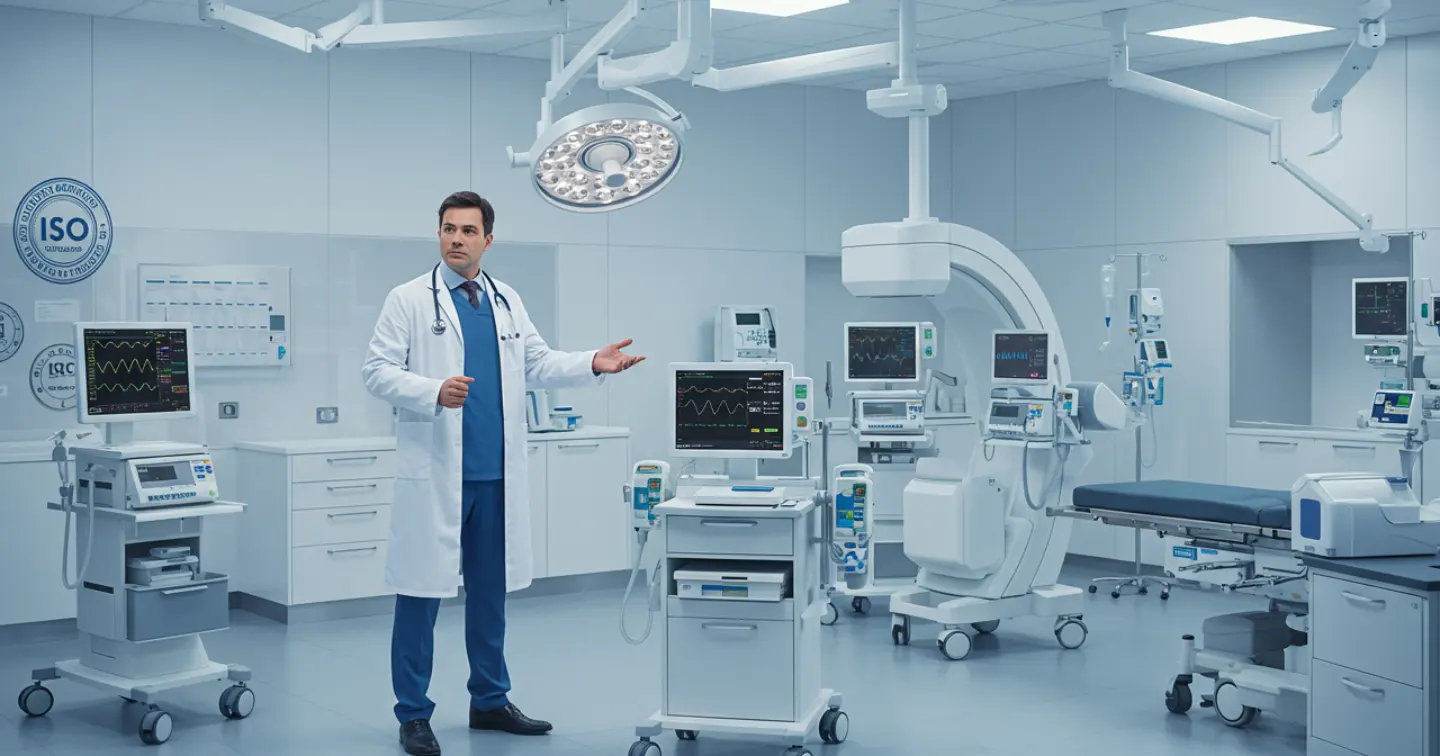When setting up a commercial kitchen, choosing the right equipment is crucial for efficiency, safety, and overall success. Whether you’re starting a restaurant, café, or catering business, consider the following precautions before making any purchases:
Cost
Cost is often the primary consideration when buying commercial kitchen equipment, as it lays the foundation for budgeting and financial planning. However, a comprehensive cost understanding is more than just adherence to a predetermined budget. Cheaper doesn’t always equate to better. Yes, initial affordability sounds tempting, but a more holistic approach that considers the total ownership cost yields significant savings in the long run. Energy-efficient equipment or low-maintenance appliances reduce operation expenses. Try to strike a balance between affordability and efficiency. Also, always research extensively for price reductions through negotiations and instant rebate programs.
Kitchen Layout
When considering the purchase of commercial kitchen equipment, understanding your kitchen layout is crucial. The layout dictates the spatial arrangement and guides your buying decisions, ensuring the equipment you choose fits seamlessly in size and function. Whether you opt for larger appliances for a spacious kitchen or prioritize compact, stackable options for a smaller, galley-style setup, the layout significantly influences the type and size of equipment you buy. This ensures an efficient workflow and optimizes available space, impacting both the functionality and aesthetics of your kitchen.
Energy Efficiency
Energy efficiency is a multidimensional factor when buying commercial kitchen equipment. Look for appliances with high energy efficiency ratings. These not only reduce utility costs but also contribute to environmental sustainability. Consider features like programmable timers, LED lighting, and Energy Star certification. Remember, investing in energy-efficient equipment pays off in the long term.
Safety and Compliance
Prioritize safety when selecting equipment. Ensure that all appliances comply with safety regulations and standards. Look for features like automatic shut-offs, flame failure protection, and ergonomic designs. Regular maintenance and safety checks are essential to prevent accidents and ensure the well-being of your staff.
Durability and Reliability
Invest in durable equipment that can withstand the demands of a busy kitchen. Stainless steel appliances are popular for their durability, corrosion resistance, and ease of cleaning. Read reviews, check warranties, and choose reputable brands known for reliability. Remember, frequent breakdowns disrupt operations and impact customer satisfaction.
Ease of Maintenance
Consider the ease of cleaning and maintenance. Removable parts, dishwasher-safe components, and accessible areas for cleaning are essential. Regular maintenance prolongs the lifespan of your equipment and ensures consistent performance.
Capacity and Speed
Assess the capacity and speed of each appliance. Will it handle your peak hours efficiently? Consider factors like cooking time, production volume, and customer demand. Oversized or undersized equipment can lead to inefficiencies and affect service quality.
Noise Level
Some kitchen equipment can be noisy, affecting the overall ambiance. Choose quieter options, especially if your kitchen is open to the dining area. Noise reduction features are worth considering.
Environmental Impact
Be mindful of the environmental impact. Opt for equipment with eco-friendly features, such as water-saving faucets, low-emission burners, and recyclable materials. Sustainability aligns with modern consumer preferences and regulatory requirements.
Conclusion
By carefully evaluating these aspects, you can select the right appliances to optimize your operations, enhance profitability, and deliver exceptional culinary experiences to your customers. Addressing challenges such as balancing high-tech features with practicality, effective maintenance strategies, closing training and skill gaps, ensuring ergonomic workspaces for staff well-being, assessing cost versus value, and adapting to changing culinary trends is essential in the decision-making process. Collectively, these elements ensure a harmonious and productive kitchen environment.

